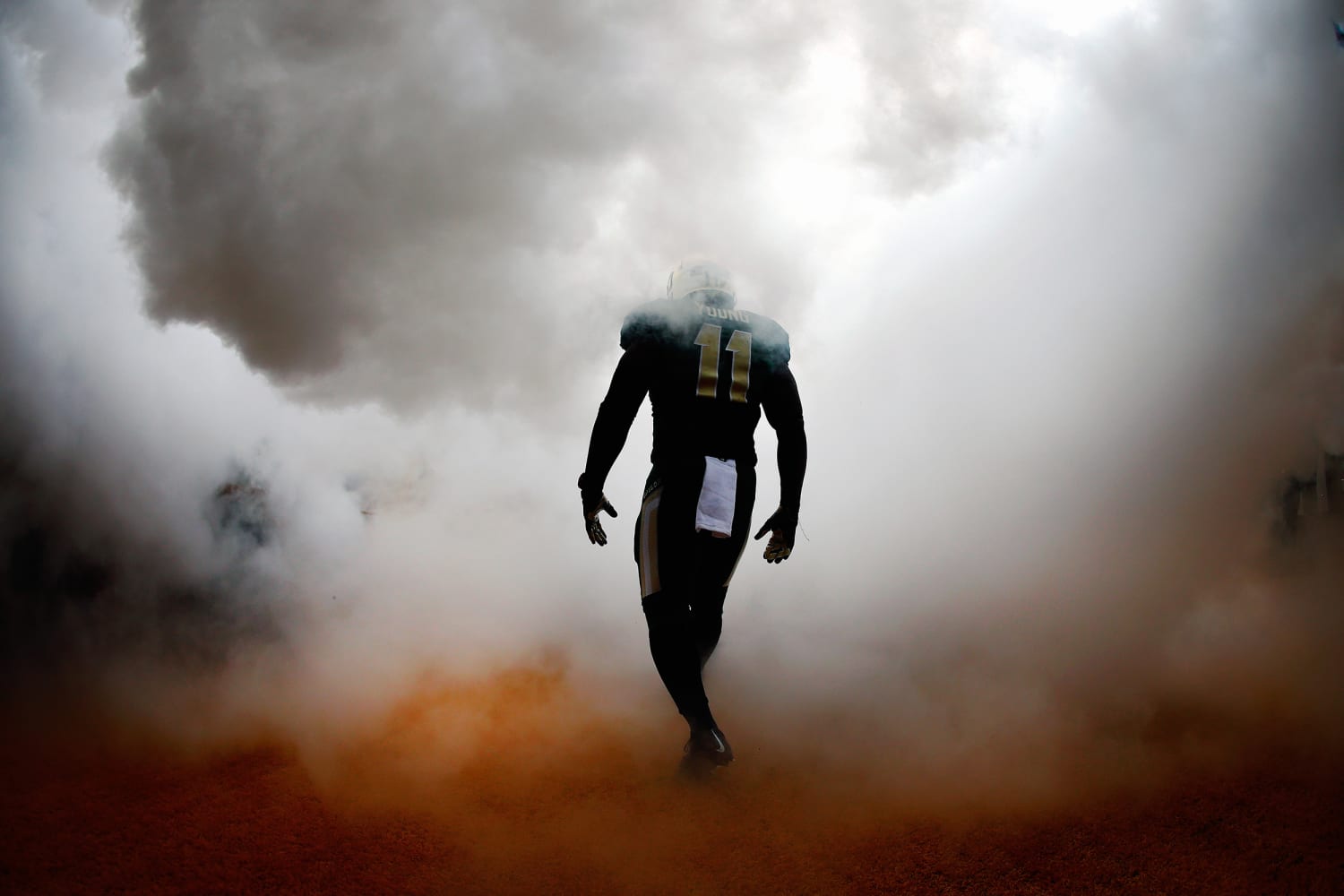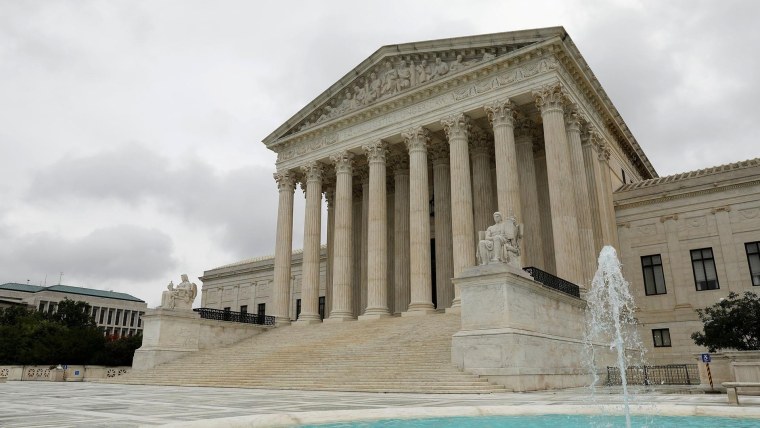The dismantling of the National Collegiate Athletic Association’s monopoly system over college sports is long overdue and, on Monday, the Supreme Court appeared to agree. That’s when it rejected arguments by the NCAA and declared that the association’s decrees limiting colleges from providing qualified educational expenses to players violated antitrust law.
But while the court’s decision was relatively narrow — solely because the group of former athletes who sued the NCAA strategically decided to drop their broader challenges and focus only on education-related expenses — a concurrence written by Justice Brett Kavanaugh all but invited players to sue to challenge all of the NCAA’s limits on player competition.
There is, after all, no question that the NCAA is a monopsony — a market with only one significant buyer — which raises immediate antitrust problems. But what makes the decision and the concurrence particularly good is that the NCAA as currently constituted is a grotesque cartel based on greed and exploitation egregious even by the standards of the 21st century United States.
Under the NCAA’s current rules, players competing in college sports are required to maintain their “amateur” status, which means the only form of remuneration they can receive for playing is a scholarship to the college for which they choose to play. Until today’s decision, the NCAA forbid those colleges from offering their athletes any other compensation — including things such as book stipends, paid internships or even laptop computers, which presented potential hardships to many athletes from economically disadvantaged backgrounds.
t is not, however, possible to defend a system in which everybody involved is allowed to make as much money as they possibly can except for the players.
A group of former NCAA athletes thus sued arguing that the cartel’s severe limits on player compensation were in violation of the Sherman Antitrust Act and, in the lower courts, the NCAA offered three justifications for maintaining its noncompetitive labor market and compensating players in big-revenue sports far below their market value.
According to the NCAA, its rules about the amateur status of the athletes increase the number of college sports and sports teams, help to maintain competitive balance between teams, and offer consumers an attractive “amateur” alternative to professional sports.
The first two justifications for limiting competition were so feeble that the NCAA didn’t even try to defend them before the Supreme Court. The idea that limiting compensation to athletes (let alone limiting book stipends to student-athletes) increases the amount of college athletics is nonsensical, and the NCAA was unable to produce any credible evidence to bolster its argument.
The NCAA’s arguments on the “competitive balance” of teams were even more absurd to any American who watches college sports: even under the current draconian rules for athletes, the NCAA has no competitive balance and is less competitively balanced than the American professional sports leagues. Take the current four-team Division I college football playoffs: Since the format was created, for example, more than 70 percent of the playoff slots have gone to just four programs (Alabama, Clemson, Ohio State and Notre Dame), and only the first three and Louisiana State University have actually won the championship.
The NCAA thus relied on its argument about the unique benefits of “amateurism” at the Supreme Court, which the justices found unconvincing.
What makes this decision particularly good is that the NCAA as currently constituted is a grotesque cartel based on greed and exploitation egregious even by the standards of the 21st century United States.
The problem with the amateurism argument, of course, is that everybody involved in college athletics except the players is allowed to make money hand over fist. As Justice Neil Gorsuch observed in his opinion, the president of the NCAA is paid nearly $4 million a year, the conference commissioners make as much as $5 million and top NCAA coaches more than $10 million.
It might be possible to defend the importance of amateur competition if university-level coaches were paid like associate professors of history at those institutions (average salary: $69,710 in 2020). It is not, however, possible to defend a system in which everybody involved is allowed to make as much money as they possibly can except for the players who are actually putting their bodies on the line to generate enormous revenues for everyone else.
The court’s ruling against the NCAA’s ban on paying educational expenses will give teams some leeway to increase how they can make their players somewhat more whole for the benefits they provide the university, but whatever they offer will remain far below market levels for big-revenue sports — and the NCAA is likely to try to define education-related expenses narrowly.
Still, Kavanaugh’s concurrence not only invites players to launch a broader challenge to the NCAA’s limits on player compensation, but it also suggests that the players would have a very strong case (and thereby essentially gives them one).
As Kavanaugh writes, the idea that college sports are defined by amateurism – that is, by not allowing players to be compensated – is “circular and unpersuasive,” not to mention self-serving. While the NCAA “couches its arguments for not paying student athletes in innocuous labels,” the brutal truth is that “[t]he NCAA’s business model would be flatly illegal in almost any other industry in America.”
It seems clear that the “amateur” system in anything like its current form is doomed.
And the NCAA appears to see the writing on the wall for its rules and regulations.
One of the most obviously indefensible limits in the NCAA’s “amateurism” racket has always been forbidding players from profiting from their celebrity in any way (though their universities have always done so). These rules single out athletes for unique burdens not imposed on any other students: A music student can perform a paying concert, a journalism student is allowed to sell a story, and a computer science student can be part of a tech start-up. So why shouldn’t a basketball player be able to sell autographs to willing fans?
Kavanaugh’s concurrence invited states to legislate to protect the rights of the players; multiple states already have laws about to go into effect that would allow players to be compensated for personal appearances and endorsements. In response, NCAA President Mark Emmert began urging NCAA schools just last weekend to agree to permit some form of third-party compensation — seemingly to pre-empt further legislative and judicial action against the association.
As this rare bipartisan coalition against the NCAA’s exploitation of its athletes inevitably gains steam, it seems clear that the “amateur” system in anything like its current form is doomed. The court’s opinion combined with Kavanaugh’s concurrence gives the players substantial leverage in any coming legal battle or negotiation with the NCAA. The best-case scenario for the NCAA now is to make a deal with student-athletes that allows those players to get something like a fair share of the huge revenues generated by their labor, rather than waiting for the courts to intervene and hoping it won’t be worse.
Source: | This article originally belongs to Nbcnews.com











